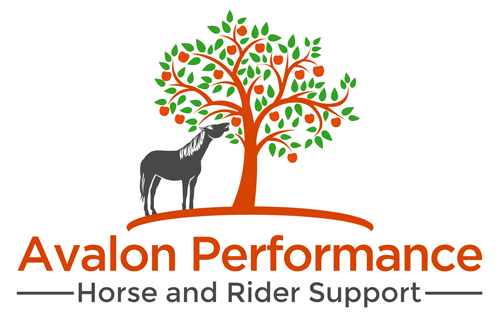How we understand the fundamentals of a successful horse and rider team:
Feel
It’s at the core of riding. If we can soften and listen to their responses, horses are the best teachers of feeling. We suggest the Masterson Method™ of Equine Performance Bodywork to increase sensitivity to the horse while also gaining skill in releasing tension and gaining awareness of possible injuries in the horse. Constantly confining a horse to a particular physical frame when we ride them, making constant corrections with our hands and feet without ever letting them travel freely can cause us to miss the warning signs of discomfort that could be building. Many riders don’t have the awareness to understand what they are feeling and just keep driving the horse along. We like to give the horse opportunities to stretch out and travel in a relaxed manner in between asking for an athletic movement that builds its physical capabilities.
Heart
Horsemen refer to “Heart” as the courage, grit, or try in a horse. The rider needs it too. We support you in moving beyond the student stage and into the competency stage as a rider with good physical preparation and a sound understanding of the fundamentals of your chosen activity. We encourage you to find time to explore what you can do with your horse outside the learning environment when possible.
Timing
Feel and timing go together and are fundamental to raising the energy or “Life” in the interaction between the horse and rider. We have to ask at the right time as the horse is moving its body. Understanding the gaits and placement of the feet, and then how our feet and body need to work to build energy is so important. If our timing is off, we cancel out the buoyancy in the horse’s movement. This is why we study the movement of the horse, which we call Biomechanics, and then put our learning into practical application. Timing also involves our awareness of our surroundings, our ability to respond, our body control, and sensitivity. In a teaching environment, there is a delay between instructions given, our mental processing, and then our decision to take action. Most often by the time we execute the instruction, we’ve missed the optimal moment to act. This is one reason why we encourage time to practice outside of the instruction environment.
Life
The interaction between horse and rider can look flat or it can look buoyant. The buoyancy is what we refer to as life. There has to be a fit between the two from the start. This will likely mean that the two bodies are compatible in structure and energy level. As the team gets to know and trust each other you start to observe what looks like effortless and buoyant movement. There are two beings with different physical systems attempting to work together. Two backs that need to be in sync. Tension or distortion in one back affects the condition of the other back, and this goes both ways between horse and rider. If our back is stiff or crooked, there will be a reflection in the horse’s back, there has to be. If we ride off-center because of a rotation in our pelvis, we unwittingly create a condition where the horse has to contort its body to keep balance. Likewise, if the horse has an asymmetry, perhaps uneven shoulders, and the saddle sits crookedly, the rider is always having to adjust to try to keep balance, never quite comfortable and creating undue strain in the hips and spine. Discomfort on the part of either the horse or rider stymies buoyancy. Almost all of us are crooked to some extent. We want to encourage you to start where you are and keep working on yourself to make this as enjoyable of an experience as possible. Learn how to build your horse’s fitness, fit his tack appropriately, and relieve his body strain often so he can be as comfortable as possible.
The support team
This is fundamental. In the horse, the critical aspects are the proper balance and care of the hooves and teeth, fit of the saddle, and condition. In the rider, the critical aspects are body alignment, condition, and quiet confidence. Our team includes the farrier, vet, equine dentist, horse and human bodyworker, horse trainer, and coach.

